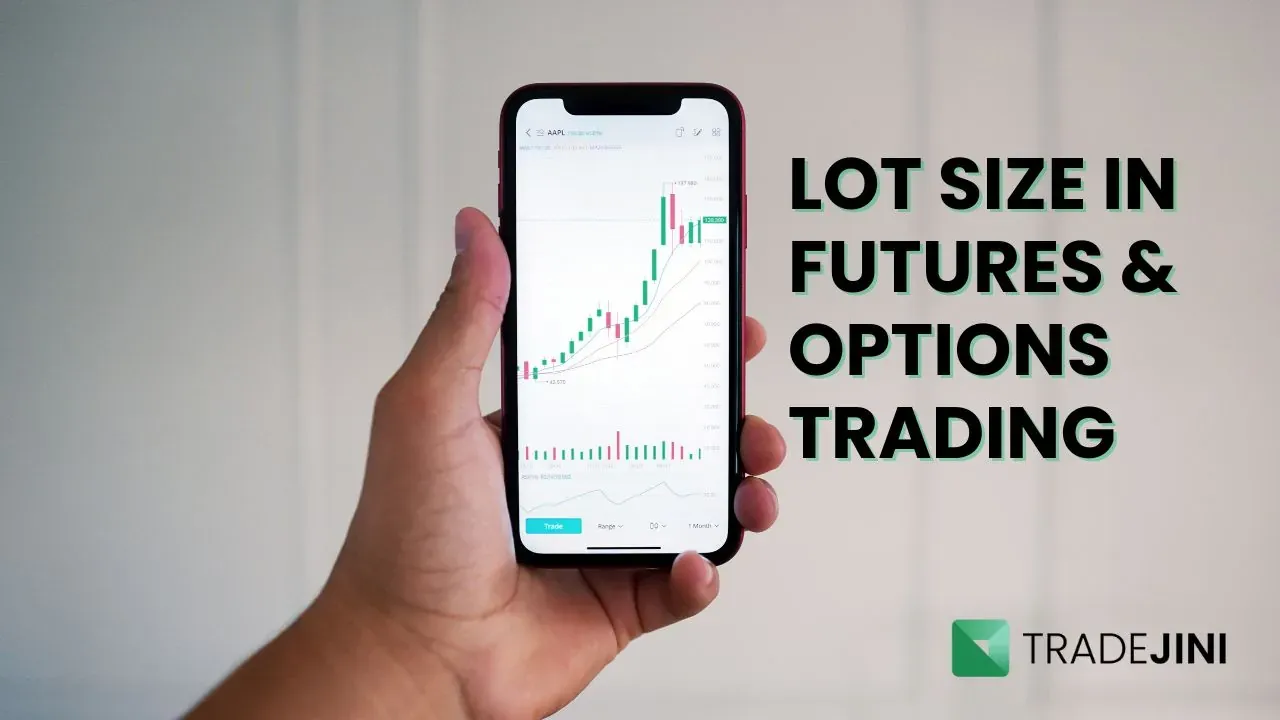Scalping in Trading
There are various forms of trading and one popular type is scalping. Scalping in trading is a way to make quick profits by buying and selling financial assets, like stocks or currencies, in a very short time. Traders who use this strategy, called scalpers, try to take advantage of small price changes and place many trades throughout the day. In this blog, we will explain what scalping is, how it works, its pros and cons, how scalpers analyse the market, and share tips on how to make scalping a successful strategy.
What is Scalping?
Scalping in trading is a strategy where traders try to earn small profits from tiny price changes by buying and selling quickly. Scalpers usually do not hold onto their assets for long. They sometimes keep it for just a few seconds or minutes. In scalping, traders do not aim for big profits as they aim to make lots of small gains. So, it is all about making small and quick trades to take advantage of small price changes.
How Does Scalping Work?
Here’s how it scalping usually happens:
Choosing a Market: Scalpers first pick markets that have high trading activity, like popular stocks or currency pairs.
Buying and Selling: Next, scalpers buy assets when the price is low and sell them when the price rises a little, sometimes within seconds or minutes.
Lots of Trades: Instead of relying on just one big trade, scalpers make many small trades. This helps them collect small profits that can add up to a significant amount by the end of the day.
Fast Execution: Scalpers need to enter and exit trades quickly, and hence, they often use tools like automated trading platforms.
Scalping Example
Suppose you buy 100 shares of Adani Enterprises Ltd at ₹3100, and just a few minutes later, the price goes up to ₹3150.50. You quickly sell the stock to make a profit due to the price difference of ₹50.50. You repeat it during the day to add to existing profits, and this would be scalping.
Advantages and Disadvantages of Scalping
Advantages of Scalping
- As trades happen fast, scalpers can earn profits quickly.
- It offers lower risk from market changes as scalpers hold positions for a short time.
- By making lots of trades with small gains, a trader’s account can grow without big market moves.
- Scalpers also do not need to guess where the market will go in the long term as they only care about short-term price movements.
Disadvantages of Scalping
- Making many trades means paying more in commissions and fees, and this can reduce profits.
- Scalping requires a lot of focus and time as traders need to monitor the market closely throughout the day. The fast pace of scalping can be stressful. Moreover, you would need to take quick decisions.
- Each trade only brings in a small amount of profit. Scalpers need to do many trades for these small profits to add up.
Also Learn: OHOL Trading Strategy Explained: Meaning, Examples, and Functionality
How Do Scalpers Analyse the Market Before Scalping?
Here are some of the methods scalpers use to understand the market and analyse it:
Technical Analysis
Scalpers mostly rely on technical analysis, which is all about studying price charts and patterns to predict short-term price movements. For this, the most common tools scalpers use include support and resistance levels, candlestick patterns, and moving averages.
Level II Quotes
Scalpers use Level II market data, which shows the real-time buy and sell orders in the market. This helps them see where the demand is and act quickly.
News and Events
Though scalping mostly focuses on short-term price changes, important news, such as company earnings or economic data, are also taken into consideration as they can lead to quick price changes.
Experience
Of course, experience is important! Over time, experienced scalpers develop a sense for when the market is ready for a quick move, and this really helps them in gaining profits.
Learn About: A Guide to Muhurat Trading🪔: 2024 Date and Time Information
Tips for Making Scalping an Effective and Efficient Strategy
- Choose a broker like Tradejini, which offers low fees and quick execution to avoid delays in trades. This helps reduce trading costs.
- Trade in markets with lots of activity so that you can enter and exit trades easily without large price changes.
- Decide how much profit you wish to make on each trade and how much loss you can afford.
- To avoid big losses, make sure to set stop-loss orders that automatically sell the asset if the price goes down too much.
- Make sure you always stay focused as scalping requires attention to detail and quick decision-making.
- Learn and practice using demo accounts as much as you can as scalping takes time to master.
Conclusion
To sum it up, scalping in trading is all about making quick trades for small profits. It requires a lot of focus, quick decisions, and a good understanding of the market.
If you are interested in scalping and need a reliable platform, then Tradejini is a great choice for you. Download the Tradejini CubePlus app and avail low-cost trading and fast order execution, which is perfect for scalpers. Moreover, the app makes trading easier with real-time analysis tools.
Get started today!
Also Read: India VIX Index - Meaning, Calculation and Applications
_11zon.webp?alt=media&token=bd974821-aee4-43a5-b467-01d1a67a570b)
_20_11zon.webp?alt=media&token=6659b2e6-927e-42de-8375-e227e579f556)
_11zon.webp?alt=media&token=a8f3f55c-dc70-4d42-844e-6874ceff69ce)
_11zon.webp?alt=media&token=a05d2324-cace-44ed-a35f-50f9e63be9c3)
_11zon.webp?alt=media&token=14cd8f87-8add-49ce-84f1-ca07a0c52b0c)




